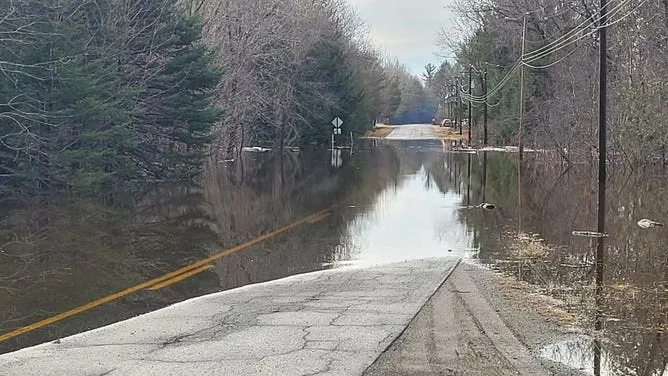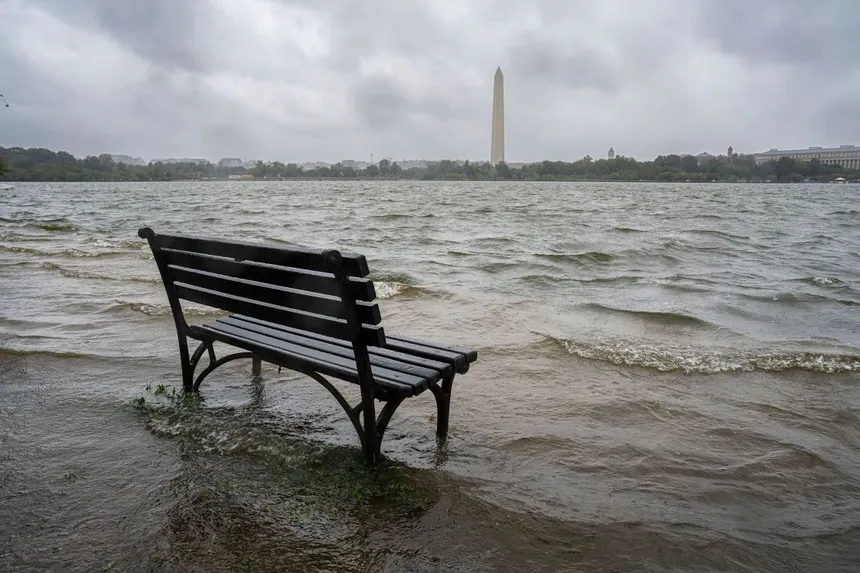The Bureau of Meteorology has warned that the prolonged soaking of eastern New South Wales, including Sydney, may yet have at least another week to run as a large high-pressure system persists over Tasmania. The system, which has been dominating Australia’s southeast, is directing showers and occasional heavier falls onto the coastal regions of NSW.
Ed Medlock, a weather bureau meteorologist, said that the high-pressure system is expected to “stick around for at least a week or longer” due to the upper winds sitting in a particular way, preventing it from moving into the Tasman Sea. Rain is expected to affect the NSW coast every day this week, with more widespread and heavier falls developing across eastern Australia between Thursday and Sunday.
Some areas south of Sydney have already received significant rainfall, with Kiama collecting over 70mm on Sunday and Ulladulla recording over 60mm on both Saturday and Sunday. The movement of a pool of cold air over inland NSW has been generating heavier falls over the weekend, and a similar setup is expected to return from Thursday.
The extraordinarily strong high-pressure system near Tasmania has reached a pressure of 1,043 hectopascals, close to record-breaking levels. While it’s too early to predict the exact magnitude of the falls, they could continue into early next week.
On the other hand, parts of southern Australia, including Melbourne and Adelaide, have been experiencing dry weather, with Adelaide receiving just 12mm of rain in April, about a quarter of its typical rainfall.

Climate scientists are concerned about the impact of high-pressure systems on large populations, as seen in extreme weather events like the 2003 European and Russian heatwave. However, it’s too early to predict how a warming planet will affect blocking systems in the southern hemisphere.
Climate researchers Martin Jucker and Chiara Holgate are working to better understand the dynamics of blocking systems, but they acknowledge that predicting their future behavior is complex due to various factors, including the recovery of the ozone layer, Antarctic sea-ice, and the polar jetstream.
While the effects of climate change on blocking systems in the southern hemisphere are still uncertain, one thing is clear: the prolonged rain forecast for eastern NSW will have a significant impact on the region.

